![]()
![]()
![]()
Use LEFT and RIGHT arrow keys to navigate between flashcards;
Use UP and DOWN arrow keys to flip the card;
H to show hint;
A reads text to speech;
13 Cards in this Set
- Front
- Back
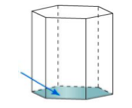
One pair of parallel polygonal faces that are the same size and shape. A prism is named for the shape of its bases. |
base of a prism |
|
|
A triangular face that joins the base and the vertex. |
lateral face of a pyramid |
|

A three-dimensional figure with two parallel polygonal faces that are the same size and shape. |
prism |
|

A two-dimensional pattern that you can fold to form a three-dimensional figure. It shows all of the surfaces of that figure in one view. |
net |
|
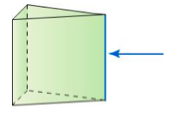
A segment formed by the intersection of two faces. |
edge |
|
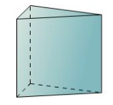
A figure that does not lie in a plane. |
three-dimensional figure |
|

A three-dimensional figure with a base that is a polygon and triangular faces that meet at a vertex. |
pyramid |
|

A point where three or more edges meet. |
vertex |
|
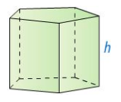
The length of a perpendicular segment that joins the bases. |
height of a prism |
|
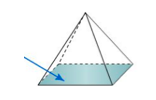
A polygonal face that does not connect to the vertex. A pyramid is named for the shape of its base. |
base of a pyramid |
|

The sum of the areas of the faces of a three-dimensional figure. You can find it by finding the area of the net of the three-dimensional figure. |
surface area of a three-dimensional figure |
|
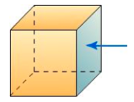
A flat surface shaped like a polygon |
face |
|

The length of a segment perpendicular to the base that joins the vertex and the base. |
height of a pyramid |

